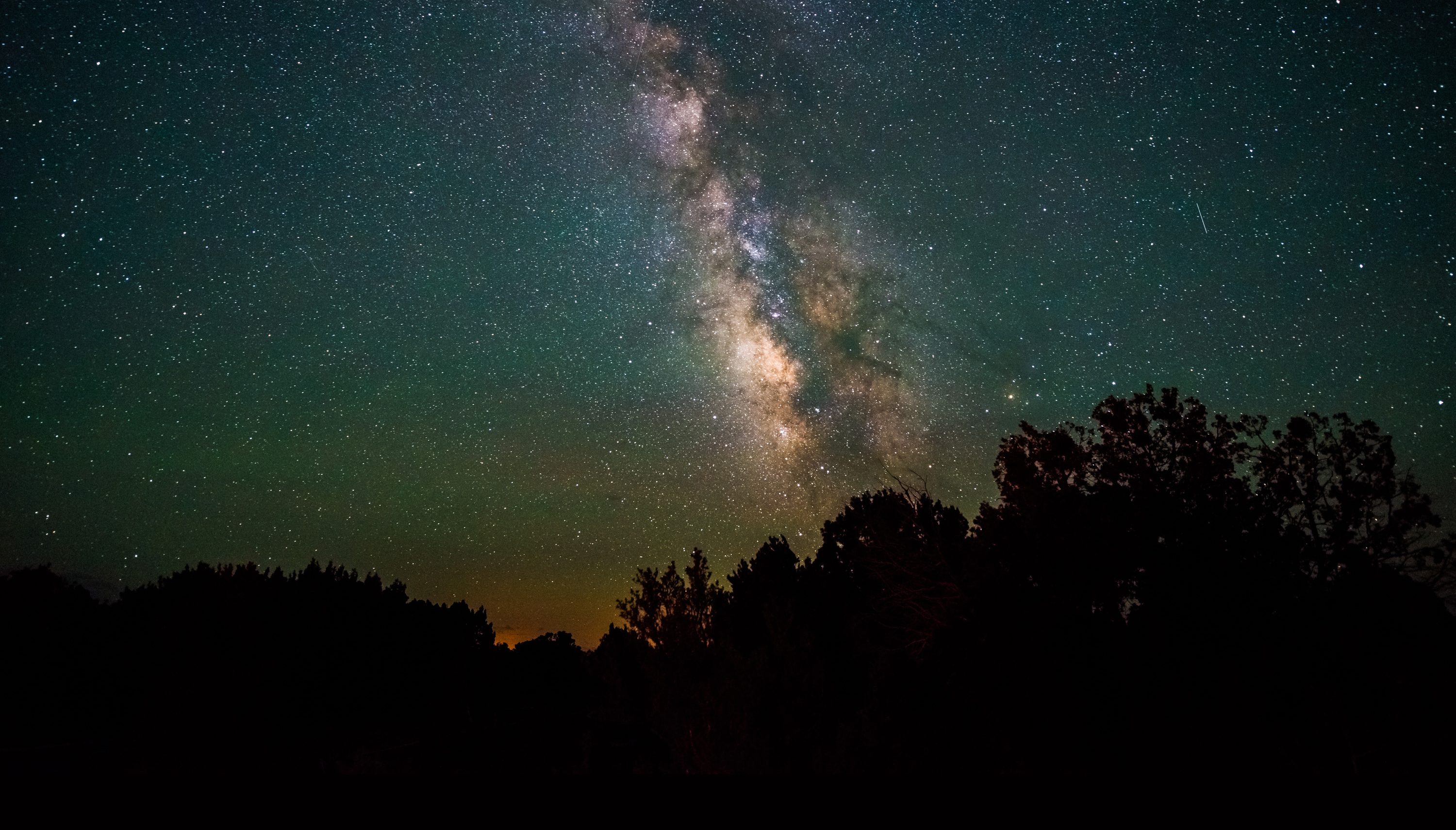www.scientificamerican.com
OpinionFebruary 21, 20254 min readWhyOw! Needs Absolutely No TranslationThe sounds we make during emotional moments or when experiencing pain may not be arbitraryBy Katarzyna Pisanski, Aitana Garca Arasco & Maa Ponsonnet edited by Daisy Yuhas Alashi/Getty ImagesImagine youve just slammed a door on your finger. More often than not, this sudden jolt of pain elicits a vocal response. Maybe you exclaim ouch! or let out a cry or loud groan. But do the sounds we make in such moments differ across cultures?Humans are remarkably vocally expressive. We not only speak but also giggle, moan, sob or screamsounds that scientists call nonlinguistic vocalizations. Further, our species uses interjections to express emotions. These are standalone words, such as ouch or wow, that dont combine grammatically with other words.Emotional vocalizations and interjections have been observed in every human culture studied to date. Yet scientists still know extremely little about how these sounds might vary across the globe or why they might do so. In our recent research, we tackled this question by focusing on the vowel sounds in vocal expressions of pain, disgust and joy across more than 130 of the worlds languages. We wanted to test whether the interjections and vocalizations that express these emotions consistently contain the same kinds of vowels across disparate cultures and languages. What we found could offer clues into the evolutionary history of language and vocal communication.On supporting science journalismIf you're enjoying this article, consider supporting our award-winning journalism by subscribing. By purchasing a subscription you are helping to ensure the future of impactful stories about the discoveries and ideas shaping our world today.The central idea guiding our work was that the sounds people make are not arbitrary. Instead we suspect these sounds have evolved to support their communicative functions. For example, pain cries are often loud, high-pitched and harsh to grab the attention of listeners and elicit aid. They are also often produced with a wide-open mouth, which basically forces the vocalizer to produce an [a]-like vowel sound (as in cat). Give it a try. See if you can say ski or knee with a wide-open mouth. Youll find its nearly impossible to produce these kinds of [i]-like vowels with your jaws so far apart! Instead [i]-like vowels will more readily arise when we adjust our lips, tongue and jaws into a smile.In line with the idea that certain sounds may coincide with particular emotions, researchers have found that words may likewise link particular vowel sounds with certain experiences or perceptual associations. For example, people across several languages have a tendency to link smiley [i] vowels with positive, bright things.To build on these ideas, we decided to explore the possibility that vocalizations and interjections linked to emotional experiences contain specific vowels for pain, joy and disgust. In addition to predicting that pain interjections would contain a high number of [a] vowels, we predicted that joy would have an overrepresentation of smiley [i] vowels. For disgust, we expected a higher proportion of what are called schwa-like vowels, such as in uh, that a person might produce when grimacing or gagging.To test our predictions, we first collected more than 600 pain, disgust and joy interjections from dictionaries spanning 131 languages across Africa, Asia, Australia, Europe and Latin America. We also used large language databases to collect thousands of words from those same languages. Then we statistically compared the proportions of different vowels in emotional interjections to those in the general lexicon of each language.As a second step, we asked English, Japanese, Mandarin, Spanish and Turkish speakers to produce sounds without using words to express pain, disgust and joy. With acoustic analysis, we determined the vowels in each of these 375 recorded vocalizations by measuring the resonances of the vocal tract, or the part of the airway that is used to produce speech, in each vocalization. (Because these resonances differ in predictable ways from vowel to vowel, measuring them can tell us which vowel is being produced when a person vocalizes.)Our results revealed that across the globeas predictedpain interjections have a much higher than expected proportion of [a]-like single vowels and diphthongs (when two vowels glide together, such as in ay or ow). Joy and disgust interjections did not show robust vowel patterns that were consistent across cultures, however.But when we put aside the interjections and looked more broadly at nonlinguistic vocalizations, we found specific vowel signatures for every emotion. As predicted, pain cries had more open [a]-like vowels, expressions of joy had more [i]-like vowels, and expressions of disgust had more schwa-like central vowels, such as in uh.Our work hints that most humans may turn to certain sounds to communicate specific emotional experiencesbut pain, in our study, stands apart for inducing the same vowel patterns across cultures, whether people produce noises or interjections. This suggests that pain interjections may have originated from nonlinguistic vocalizations. These findings also support the idea that some words may not have originated in totally arbitrary or random ways. Rather, to some extent, they may have acoustic forms that reflect their meaning or communicative function.Research on nonlinguistic vocalizations and interjections is still remarkably limited, especially work that explores comparisons across cultures and languages. These results are just a first step in what we hope is a long line of inquiry into form-function relationships in human vocal behavior, with the aim to shed new light on the origins of vocal communication and ultimately language. In the meantime, rest assured that if you hurt your finger and shout in response, most peopleregardless of culture or languagewill understand.Are you a scientist who specializes in neuroscience, cognitive science or psychology? And have you read a recent peer-reviewed paper that you would like to write about for Mind Matters? Please send suggestions to Scientific Americans Mind Matters editor Daisy Yuhas at dyuhas@sciam.com.This is an opinion and analysis article, and the views expressed by the author or authors are not necessarily those of Scientific American.












